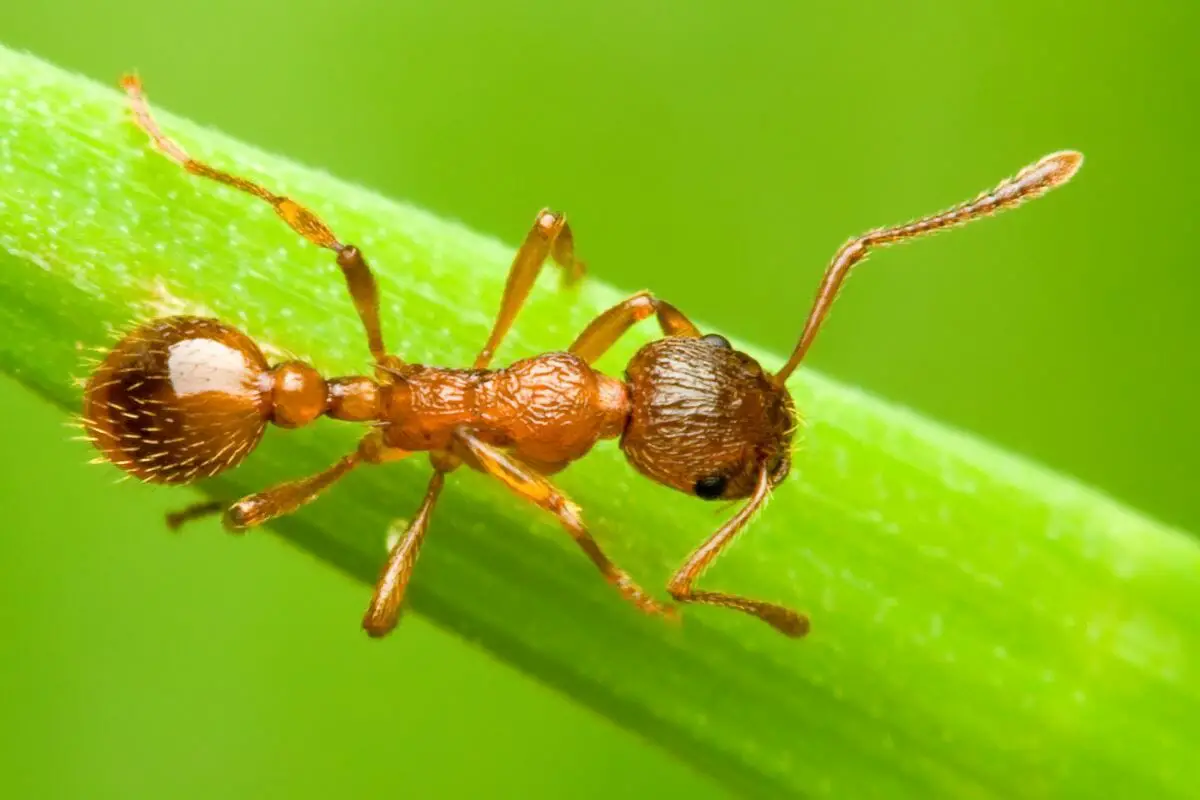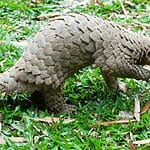There are a lot of different creatures walking this planet, coming in all types of shapes, sizes, and forms. Ants are very common and it’s likely there’s one within a few meters of you as you read this article. Hopefully you aren’t standing next to a swarm of army ants.
However, many people might not realize that your common type of ant isn’t the only one out there, with hundreds of different types being found some of them have to make up the deadliest ants in the world or take the top slot as the most dangerous ants.

Follow the rest of our guide for an insight into some of the most dangerous types of ants you’re likely to find out in the wilderness.
Some of them are a lot higher on the pain index than you might have realized.
Bullet Ant
Let’s kick this off with one of the more well-known types of dangerous ant on the pain index, and that’s the bullet ant.
Experts think that this most dangerous ant has the most painful bite out of any ants throughout the world, with many believing that the name derives from the ant’s ability to give you pain similar to a bullet wound.
Native to South America, the bullet ant has a bite that will usually last around 24 hours for pain, which isn’t ideal.
However, they’re unlikely to attack a human for no reason, it’s usually when they’re threatened.
Or, if they’re expecting to eat the thing they’re attacking, but it would be something a lot smaller than a human.
Bulldog Ant
Internationally recognized as one of, if not, the most dangerous forms of ant in the world today.
Found in Australia, bulldog ants use a but and a sting to disable their prey before consuming them back at their nest with the rest of the group. Again, humans aren’t on their usual menu, however.
An aggressive bulldog ant will inject their venom into the bloodstream of its victim, with the toxin being strong enough to kill a man within 15 minutes.
If you’re ever bitten by one of these, then you need to seek medical attention as soon as you can.
Fire Ant

Another one that you might’ve heard of, the fire ant has a venomous sting that causes a burning sensation to spread its way through the body, as the venom travels through the bloodstream.
Hence, the name – fire ants. There is bound to be a lot of pus, swelling, and inflammation as the pain spreads.
On top of this, the sting might cause an allergic reaction that can cause more pain. These can be found throughout the United States, however, they’re unlikely to be in your home or backyard.
We recommend going to the nearest hospital if you are ever bitten by one of these critters, though! If you come too close to their nest, these ants won’t hesitate to defend themselves.
Green Tree Ant
The green tree ants aren’t as deadly as the other species on this list, but they can build their nests in trees, which is enough to intimidate a lot of people.
On top of this, there are around 500,000 ants in a single colony, so you can expect a tree to look like it’s moving if you’re close enough to spectate a colony in full swing.
These ants do bite and they’re very protective of their home, so make sure you don’t get too close!
Using their bite as their main weapon, you can expect a painful encounter if you ever have a run-in with a colony at the height of their production.
Of course, they won’t go out of their way to attack you, just make sure you respect their boundaries and stay at a safe distance if observing them in the wild.
Florida Harvester Ant
As the name suggests, you can expect to find these ants throughout the United States, originating from Florida. Similar to the cobra snake, this species of ant has a venom that really packs a punch.
This means that the venom produced by this insect is very lethal to the creatures they target, meaning humans should stay as far away as possible.
They have an appearance fairly similar to common house ants at a brief glance, but behind their bite is something much more sinister.
Of course, these ants will only attack you if you provoke them or threaten their home. However, it’s better not to take that chance.
Pony Ant
Another ant species that are native to Australia, the pony ant is also very dangerous and can cause an anaphylactic shock if they sting a human with their venom.
These 7mm long creatures will pack a punch in a very small form. Luckily, if you don’t have a reaction to the sting, the pain usually subsides fairly quickly.
These are particularly beneficial and crucial to the Australian ecosystem because they help to keep pest levels under control, with their diet consisting of moth larvae, termites, and beetles.
All of which have proven to be annoying for the people of Australia.
Safari Ant
Central and East Africa have this ant local to their lands, where the insect has been seen swarming its prey and even potential threats to the colony.
When a colony is at the height of its power, it has been known to consume around 500,000 prey animals each day.
These ants don’t actually have nests, like other forms of the insect, but they will stick together to sting and bite their way through the wilderness. However, they are luckily nowhere near the US.
Conclusion
There are a lot of different ants throughout the world, all having a different level of venom in their bite or their sting.
However, just because they are powerful it doesn’t mean that they will go around killing and eating humans. They usually have to be provoked or threatened before they attack something the size of a human.
Of course, these insects will attack things and use them as a source of food, however, as long as we stay away from them when they’re in large numbers, we should be okay.
There are many more dangerous ants out there, we just might not have discovered them yet.
- 15 Most Common Animals Living In Ponds - 2024-04-23
- What are the Characteristics Of a Wolf – (Characteristics & Interesting Facts) - 2024-04-23
- Animals That Live In The Abyssal Zone - 2024-04-22








